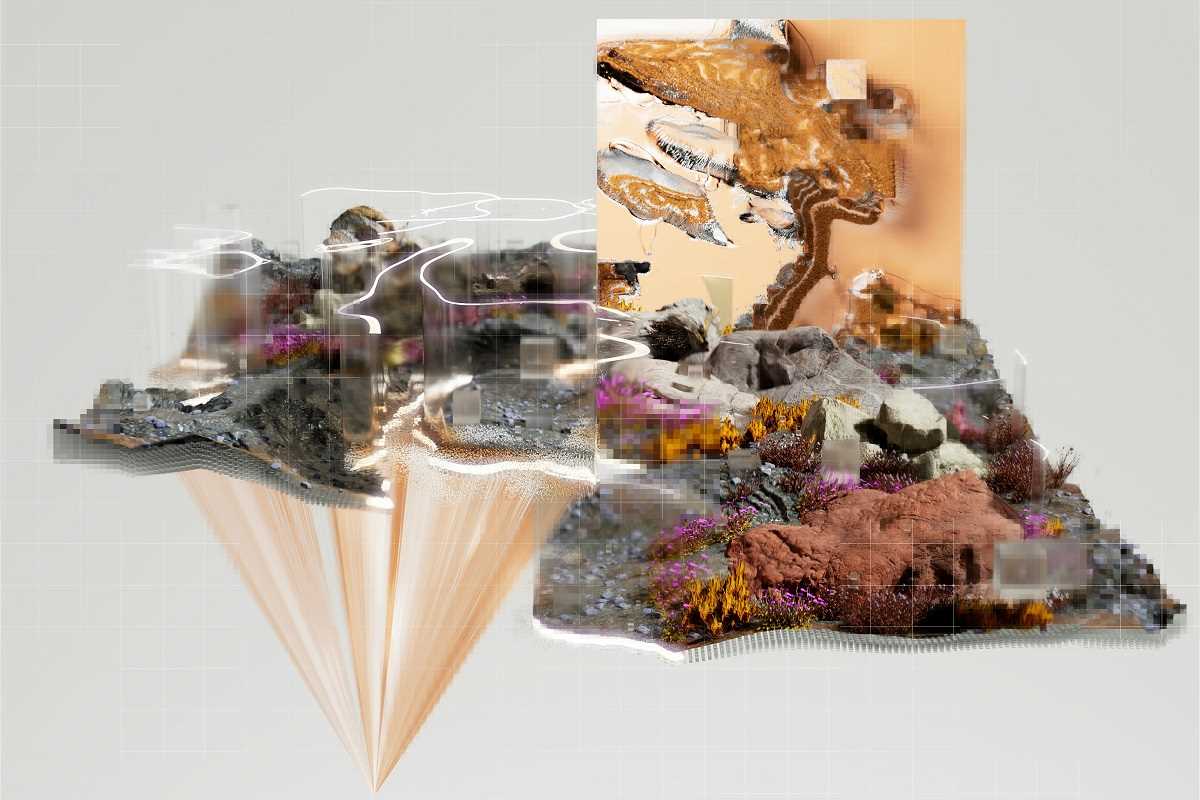Have you heard the buzz about bioinformatics? It’s a rapidly growing field that’s transforming genomic research and, in the process, creating an abundance of exciting new job opportunities. By now, you’ve probably noticed how advancements in technology are uncovering deeper insights into the mysteries of DNA and genetic information. But what’s really happening inside this fascinating field? And how is bioinformatics paving the way for fresh career paths? Don’t worry—we’ve got you covered. Here’s a detailed breakdown of everything you need to know.
What Is Bioinformatics, Anyway?
First things first, what exactly is bioinformatics? While the term may sound technical, it’s all about using technology to solve biological challenges. At its core, bioinformatics is the fusion of biology, computer science, and mathematics to analyze, interpret, and manage the massive volumes of data generated by studying DNA and genomes.
To put it into perspective, our DNA contains roughly 3 billion base pairs, which are like tiny instructions that define everything from how our bodies function to how we look. Imagine trying to manually decode such an immense dataset. It would take lifetimes! Bioinformatics steps in as the ultimate problem-solver by equipping scientists with computer tools, algorithms, and software to process, analyze, and visualize this complex data quickly and accurately. Think of it as hiring a high-tech detective to make sense of uncrackable biological puzzles.
Take sequencing the human genome, for example. What once took scientists over a decade and billions of dollars to accomplish can now be done in a matter of days at a fraction of the cost, thanks to bioinformatics tools. This dramatic increase in efficiency has opened up new avenues for research that were previously unimaginable.
Beyond human health, bioinformatics also plays a role in understanding plant genomes to improve agriculture, uncovering genetic links to animal behaviors, and even exploring biodiversity in ecosystems. At its heart, bioinformatics is about making sense of biological data on a grand scale, and its influence is only growing.
Why Is Genomic Research a Big Deal?
To understand the importance of bioinformatics, you need to appreciate the breakthroughs in genomic research. Genomics focuses on studying the structure, function, and evolution of genomes, which are the complete set of DNA or genetic material within an organism. This field holds enormous potential, with implications ranging from better healthcare to addressing global challenges like climate change and food security.
One of the most exciting areas of genomic research is precision medicine, a revolutionary approach to healthcare. Instead of a one-size-fits-all model for treatment, precision medicine creates tailored therapies based on an individual’s unique genetic makeup. For instance, if you have a genetic predisposition to a specific illness like breast cancer, genomic insights could help provide a personalized treatment plan, choosing drugs or therapies that are most likely to work for you.
But the applications don’t stop there. Genomic research is also instrumental in identifying rare diseases, developing new vaccines, and studying genetic mutations that lead to aging or chronic illnesses. Imagine a future where doctors can predict Alzheimer's decades before symptoms show or immunize millions against diseases using cutting-edge, gene-based vaccines. That future is being built today through the power of genomics.
However, this sea of opportunity comes with one major challenge: data. Genomic research generates an overwhelming volume of information. For example, sequencing just one human genome produces around 100 GB of raw data. Multiply that by thousands of samples, and you’re looking at data sets that even the fastest computers struggle to manage. That’s why experts in bioinformatics are in such high demand. They bring order to the chaos, creating tools and frameworks that allow researchers to extract meaningful insights.
Perhaps you’ve heard of the Human Genome Project, one of the crowning achievements in genomics. Completed in 2003, this global collaboration mapped all the genes in human DNA. It paved the way for many advances in medicine and biology but also accelerated the need for bioinformatics because it demonstrated the complexity and scope of decoding genomes.
Notably, genomics is also branching into fields beyond medicine. For instance, in agriculture, scientists are using genomics to breed drought-resistant crops, while in wildlife conservation, researchers decode genetic patterns in endangered species to understand their survival challenges. Genomic research is not just big science; it’s impactful science.
Connecting Bioinformatics to New Careers
The rise of bioinformatics is creating a wave of new career possibilities at the intersection of science and technology. Whether you’re someone who adores biology, thrives on solving tech puzzles, or wants to make real-world change, there’s likely a role for you here. What makes these opportunities even more exciting is how varied the options are. You don't have to fit one mold; the field is inclusive of biologists, data scientists, software engineers, and even statisticians.
Here’s a deeper look into the roles bioinformatics is unlocking:
- Bioinformatician
- Bioinformaticians develop algorithms and software to analyze biological data. For instance, they might create tools to pinpoint genetic mutations tied to a specific disease or visualizations for researchers so they can easily digest large-scale data. These are the tech whizzes shaping how data in genomics is interpreted.
- Example: You might be building tools similar to BLAST (Basic Local Alignment Search Tool), which helps scientists compare genetic sequences in seconds.
- Data Analyst for Genomics
- Genomics data analysts specialize in organizing and making sense of raw data, picking out trends and anomalies that can guide research. Whether in academia or pharmaceutical companies, their work informs groundbreaking studies.
- Example: Curating data sets for cancer research teams to understand how genes influence tumor growth.
- Genetic Counselor
- Blending genomic science with empathy, genetic counselors work with patients to interpret genetic risks. They assist families in making informed decisions about health and reproduction.
- Example: Advising expecting parents on genetic screening options to identify inherited conditions.
- Genomic Research Scientist
- These scientists conduct experiments to deepen our understanding of genetics. They might study the genetic basis of autism or develop treatments for hereditary diseases. They heavily rely on bioinformatics for data analysis and interpretation.
- Example: Identifying genetic predispositions to Type 2 diabetes and collaborating to develop targeted therapies.
- AI and Machine Learning Specialist in Genomics
- Artificial intelligence (AI) is taking genomic research to new heights. Specialists in AI develop tools that allow computers to identify patterns humans might miss. Machine learning algorithms can even predict how genetic mutations will impact health.
- Example: Training neural networks to predict protein structures, which aids in drug discovery.
These careers come with competitive pay and the chance to directly impact science, medicine, and technology. Bioinformaticians, for example, earn an average annual salary of $80,000 to $120,000, depending on location and experience, while AI specialists in genomics can command even higher earnings.
Why Should You Care?
At this point, you may be asking yourself, “Why does bioinformatics matter to me?” The answer is twofold. First, the field is growing fast. Second, it offers unique, meaningful career opportunities. But there’s more.
- Explosive Job Growth: The demand for bioinformatics professionals is on the rise. The U.S. Bureau of Labor Statistics predicts that roles in biotechnology and data science will grow by over 10% in the next decade, faster than many other sectors.
- Real-World Impact: Working in bioinformatics lets you tackle some of the biggest challenges humanity faces, from curing diseases to combating food insecurity and climate change.
- Low Barrier to Entry for Some Roles: Although advanced roles in bioinformatics require advanced degrees, certain positions, such as tech support for bioinformatics tools or entry-level laboratory assistants, may only need a bachelor’s degree or relevant certifications.
- Cross-Disciplinary Appeal: Love both science and technology? Bioinformatics uniquely blends the two, allowing you to scratch both those itches.
Whether you’re an undergrad considering future career paths or a seasoned professional aiming to switch fields, bioinformatics is worth considering.
How Can You Jump Into the Field?
Getting started in bioinformatics might seem daunting at first, but with the right approach, anyone with an interest in science or technology can make their mark. Here are some steps to help you get involved:
- Take Courses Online: Platforms like Coursera, edX, and Udemy offer beginner-friendly courses on bioinformatics, programming, genetics, and data analysis.
- Learn to Code: Proficiency in programming languages like Python or R can give you a leg up. Start with free resources like Codecademy or YouTube tutorials.
- Stay Connected to Current Research: Follow leading organizations like the National Human Genome Research Institute (NHGRI) or the European Bioinformatics Institute (EBI) for updates.
- Pursue Relevant Internships: Hands-on experience is invaluable, so consider internships at research labs, biotech firms, or universities.
- Obtain Certifications: Online certificates in computational biology or bioinformatics are highly respected and can quickly upgrade your credentials.
Whether it takes weeks or years, building expertise in bioinformatics is a rewarding investment in your future.
 (Image via
(Image via





